Solid State Power Controllers may provide controlled rise and fall times (trapezoidal control to help reduce radiated emissions), digital processing features, measurement features, higher speed short-circuit protection, plus specifiable specific action (melting) integral (often just written as \$I^2\:t\$) protection. This last one helps protect the wiring, loads (and of course the controller itself) from overheating. Some support cycle by cycle control, or phase angle control, so that you can use them as a kind of "dimmer" of sorts (if the load is appropriate for that kind of control.)
A Solid State Relay is just the "guts" so to speak of the SSPC, which is the actual switching part inside without all the fancy features. It requires external control. But if all you want is a replacement for a relay, and you don't need all the fancy features of a SSPC, then these are an alternative to a relay.
Relays have contact arcing and oxidation and erosion and welding issues, plus everything that goes together with physical, moving parts -- longer delays and contact bounce, etc.
Relays can have far less dissipation than either the SSR or SSPC because they are just a controllable mechanical switch. So very low losses in the switch itself. Their main loss is the coil. Which is probably under \$2\:\textrm{W}\$ (and sometimes significantly under that.) Unlike the SSR or SSPC, relay losses are fixed (coil power) and are not dependent on the load they are designed to operate under.
It's possible arrange a hybrid of both a relay and an SSR, where you activate both. The SSR will be faster and will not have arcing problems. Then the relay will engage, but because the SSR is already active there almost won't be any arcing on the contacts and bounce is irrelevant, as well. So that's nice. Once the relay has finally engaged, it takes over and the SSR no longer dissipates energy. So heat sinking for the SSR isn't nearly so much a concern and can be a lot smaller. I doubt SSMCs can use a hybrid approach inside themselves and still maintain many of their other features.
In short, there are options. And that's a nice thing, I suppose. It's just a matter of deciding what's better for the situation.
